Colonial Treasures of Santo Domingo
Embark on a captivating free walking tour through Santo Domingo, exploring its rich heritage and vibrant culture at every turn. Discover hidden gems along the way!
Time
3 Hours
Stops
9 Places
Distance
4.4 km
Alcázar de Colón
Begin your journey at the Alcázar de Colón, the oldest Viceregal residence in the Americas, offering a glimpse into the colonial past of Santo Domingo.
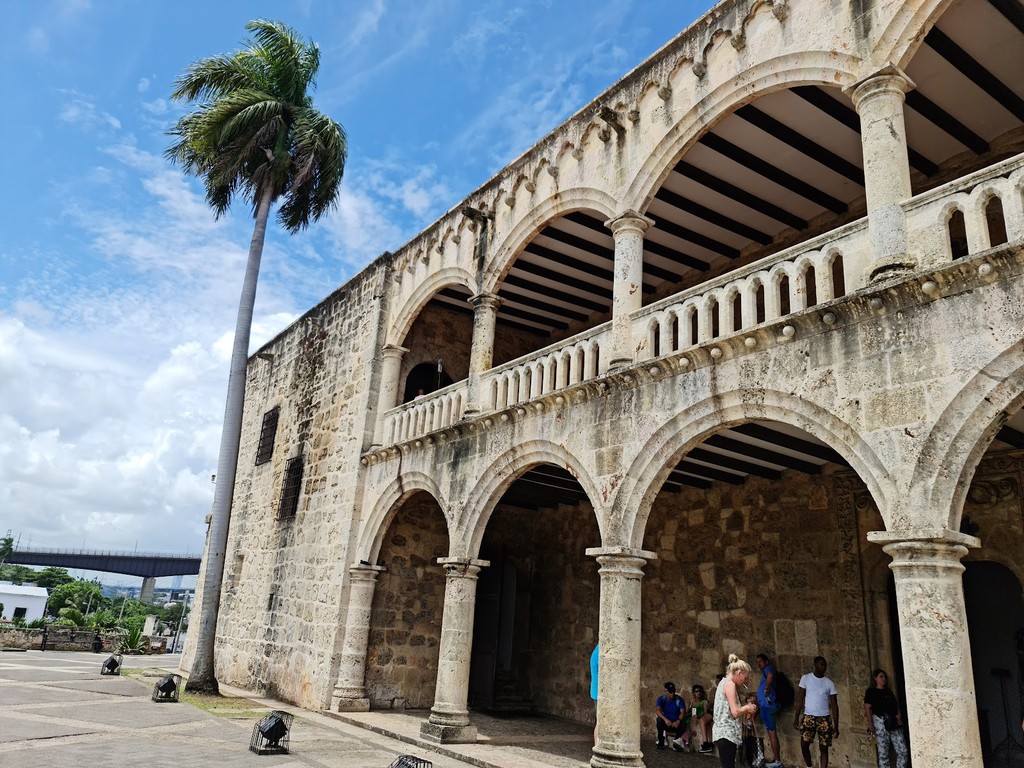
Alcázar de Colón (Source: Google Maps)
The Alcázar de Colón is the oldest Viceregal residence in the Americas, built in the early 16th century for Diego Columbus, the son of Christopher Columbus. This grand structure showcases a blend of Gothic and Renaissance architectural styles, reflecting the opulence of colonial life. Inside, visitors can explore various rooms filled with period furniture, art, and historical artifacts that narrate the story of the Spanish colonial era in the Caribbean. The Alcázar is not just a building; it is a symbol of the rich cultural heritage of the Dominican Republic and a testament to the influence of European settlers in the New World.
Museo de las Casas Reales
Just a short walk away, explore the Museo de las Casas Reales, which delves into the island's colonial history with a collection of artifacts and exhibits.
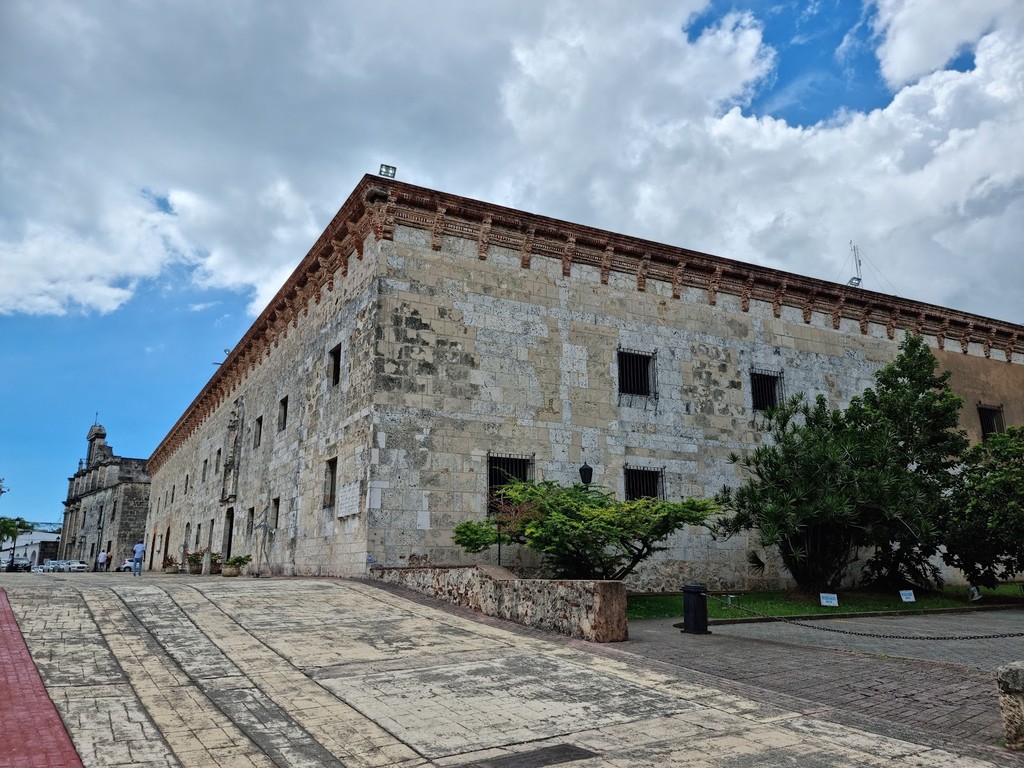
Museo de las Casas Reales (Source: Google Maps)
The Museo de las Casas Reales, established in the 16th century, served as the seat of the Spanish colonial government. This museum houses an impressive collection of artifacts that illustrate the colonial history of the Dominican Republic. Its exhibits include documents, paintings, and everyday objects from the colonial period, offering insights into the lives of the settlers and the indigenous population. The building itself is a remarkable example of colonial architecture, with its large courtyards and elegant facades. Visitors can engage with the island's past, making it a pivotal stop for understanding the cultural evolution of Santo Domingo.
Panteón Nacional
Visit the Panteón Nacional, the final resting place of many of the Dominican Republic's national heroes, housed in a beautiful 18th-century building.
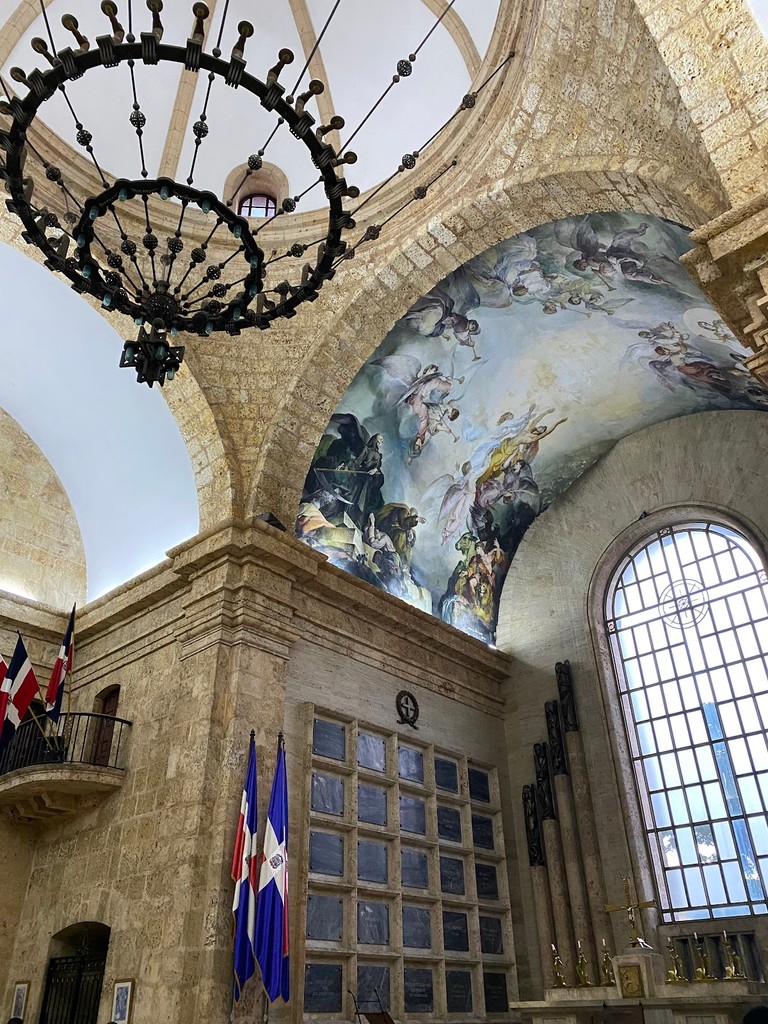
Panteón Nacional (Source: Google Maps)
The Panteón Nacional is an 18th-century neoclassical mausoleum that serves as the final resting place for many of the Dominican Republic's national heroes. Originally built as a church, it was converted into a pantheon in the late 19th century to honor those who fought for the country's independence. The building is adorned with beautiful frescoes and sculptures that celebrate the lives of these heroes. Its serene atmosphere and significant historical importance make it a poignant site for reflection on the sacrifices made for Dominican liberty. The Panteón Nacional stands as a tribute to the nation's rich history and cultural pride.
Parque Colón
Stroll over to Parque Colón, a vibrant square named after Christopher Columbus, perfect for people-watching and soaking in the local atmosphere.
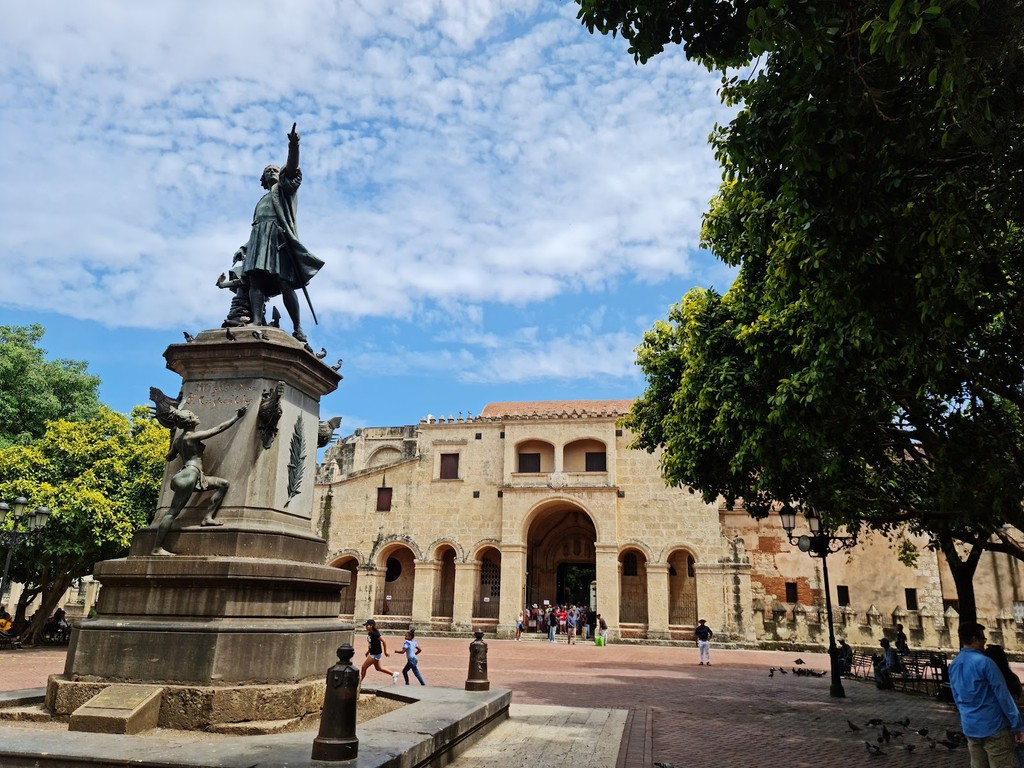
Parque Colón (Source: Google Maps)
Parque Colón is a lively square named after Christopher Columbus, located in the heart of Santo Domingo. The park is surrounded by historic buildings and is a popular gathering place for both locals and tourists. In the center stands a statue of Columbus, symbolizing the island's deep historical roots. The park features lush greenery, benches, and pathways, making it an ideal spot for relaxation and people-watching. It often hosts cultural events and performances, adding to its vibrant atmosphere. Visitors can enjoy the surrounding cafes and shops while soaking in the local ambiance and history.
Catedral Primada de América
Continue to the Catedral Primada de América, the first cathedral built in the New World, showcasing stunning Gothic architecture.
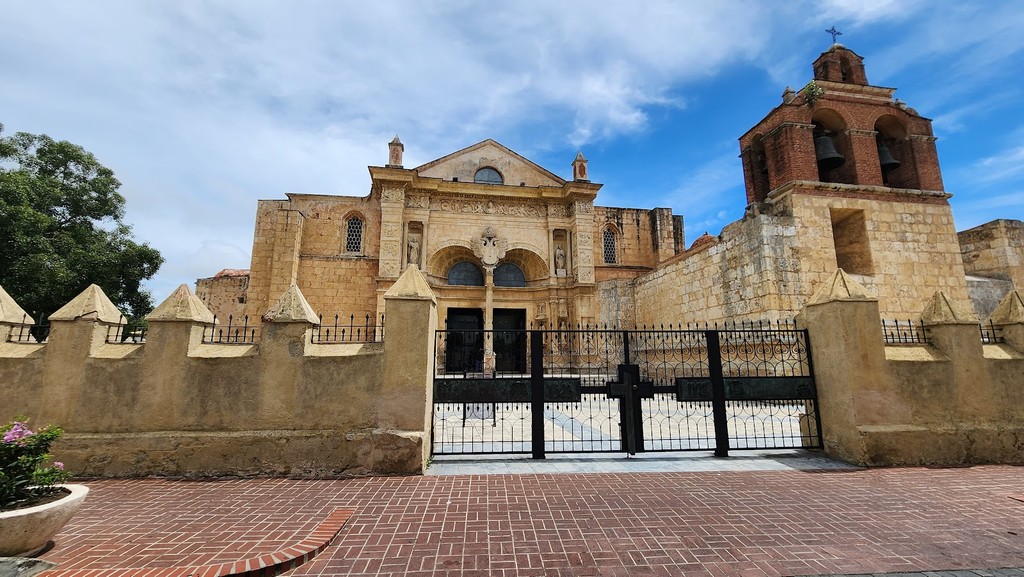
Catedral Primada de América (Source: Google Maps)
The Catedral Primada de América, completed in 1541, is renowned as the first cathedral built in the New World. This stunning architectural masterpiece showcases a mix of Gothic, Baroque, and Renaissance styles. Its impressive façade features intricate carvings and a beautiful rose window. Inside, the cathedral boasts magnificent altars, ornate chapels, and a serene atmosphere. It is not only a place of worship but also a significant historical site that has witnessed many important events in Dominican history. The cathedral stands as a testament to the early Christian influence in the Americas and attracts visitors with its artistic and spiritual heritage.
Convento de los Dominicos
Discover the Convento de los Dominicos, one of the oldest monasteries in the Americas, offering insights into the religious history of the region.
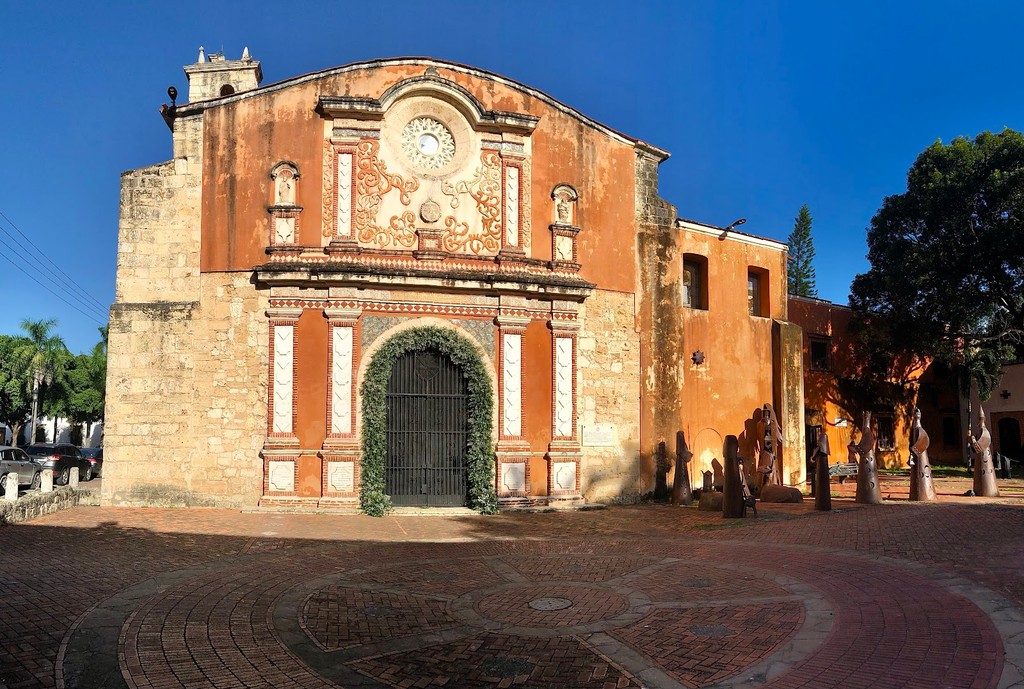
Convento de los Dominicos (Source: Google Maps)
The Convento de los Dominicos, established in the 16th century, is one of the oldest monasteries in the Americas. It was built by Dominican friars and served as a center for religious education and evangelization. The convent's architecture reflects the simplicity and austerity of monastic life, with its stone walls and cloistered courtyards. Today, it is a cultural landmark that offers insights into the religious history of the region. Visitors can explore its tranquil surroundings, which house a small museum showcasing religious artifacts and artworks, providing a deeper understanding of the Dominican Republic's spiritual heritage.
Calle El Conde
Walk along Calle El Conde, a bustling pedestrian street lined with shops, cafes, and historic buildings, ideal for a leisurely stroll.
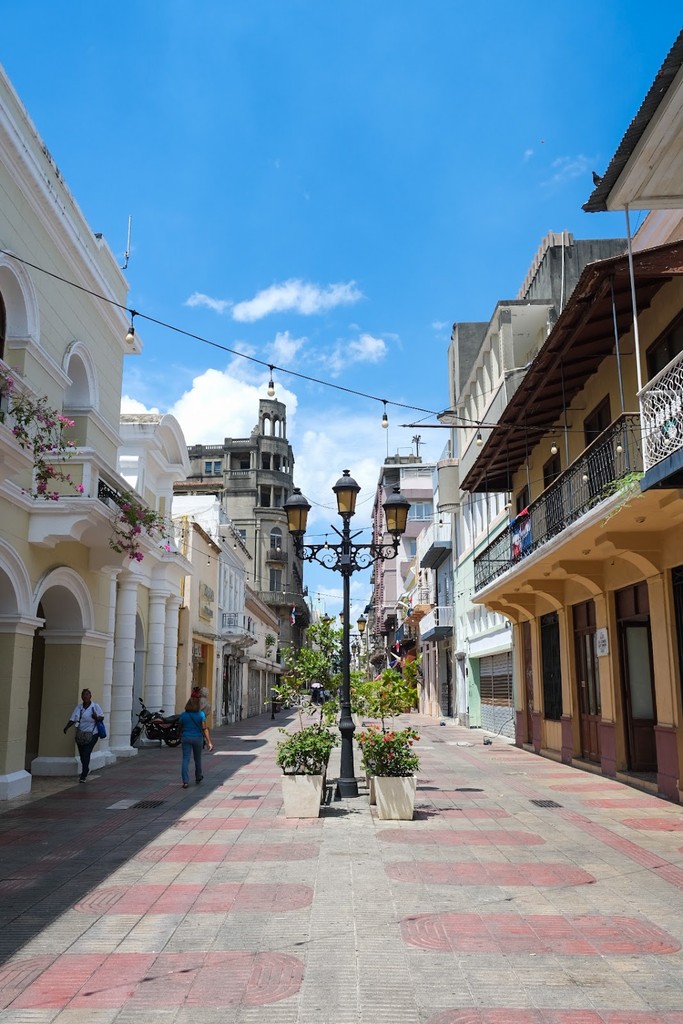
Calle El Conde (Source: Google Maps)
Calle El Conde is a bustling pedestrian street that runs through the historic district of Santo Domingo. Lined with colorful shops, cafes, and historic buildings, it is a vibrant hub of activity. The street is a popular destination for both locals and tourists, offering a unique blend of modern commerce and colonial charm. Visitors can enjoy street performances, browse local crafts, and savor Dominican cuisine in the numerous eateries along the way. Calle El Conde embodies the lively spirit of Santo Domingo, making it an essential stop for anyone looking to experience the city's culture and history.
Puerta del Conde
Visit the Puerta del Conde, a historic gate that marks the site where the Dominican Republic declared its independence in 1844.

Puerta del Conde (Source: Google Maps)
Puerta del Conde is a historic gate that marks the site where the Dominican Republic declared its independence in 1844. This significant landmark is part of the city's fortifications and symbolizes the country's struggle for freedom from Haitian rule. The gate is surrounded by a small park, making it a peaceful spot for reflection. Visitors can admire the impressive stone structure and learn about its historical significance through informative plaques. Puerta del Conde serves as a reminder of the enduring spirit of the Dominican people and their quest for sovereignty.
Plaza de la Cultura
Conclude your tour at the Plaza de la Cultura, a cultural hub home to several museums and theaters, perfect for diving deeper into Dominican art and history.
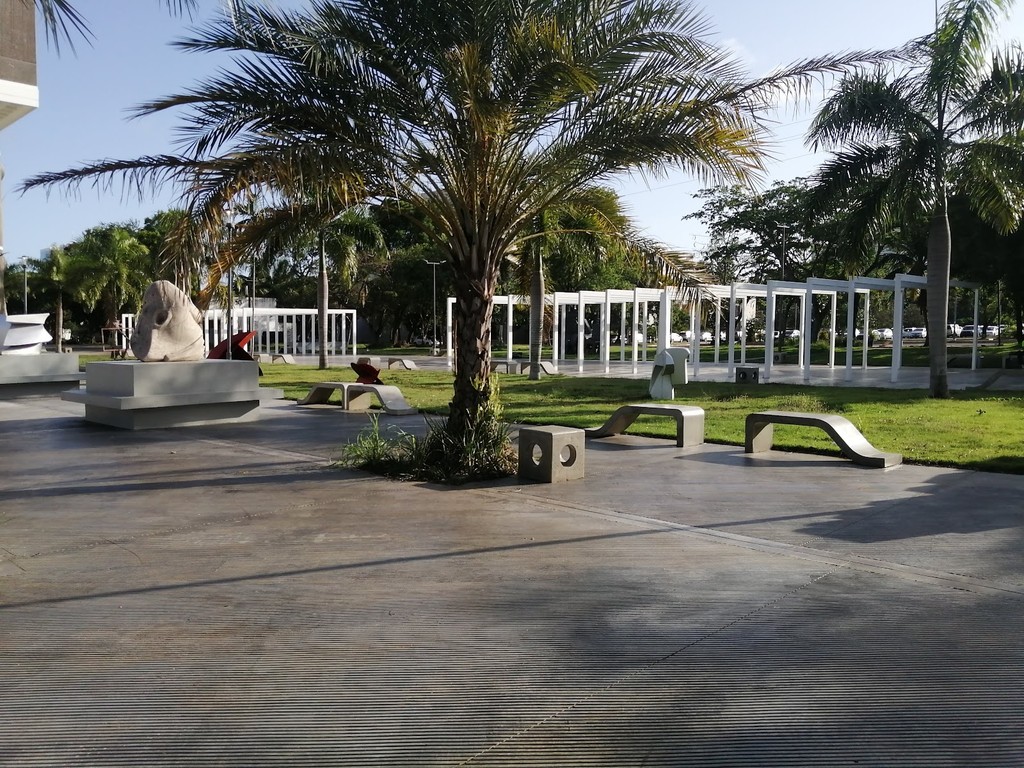
Plaza de la Cultura (Source: Google Maps)
The Plaza de la Cultura is a vibrant cultural hub in Santo Domingo, home to several museums, theaters, and art galleries. It is a space dedicated to the promotion of Dominican art and culture, often hosting exhibitions, performances, and cultural events. The plaza features beautiful gardens and open areas for relaxation and socialization. Key institutions located here include the Museo de Arte Moderno and the Teatro Nacional, which showcase the rich artistic heritage of the Dominican Republic. The Plaza de la Cultura is a must-visit for anyone interested in exploring the country's contemporary cultural scene.

Your travels, your rules.
Create your own Free Walking Tours.
Set your preferences, distances and anything you want to do or see.
Completely free, no payment required.